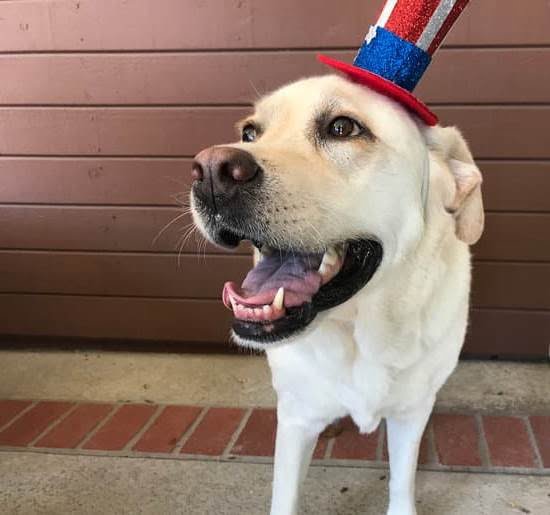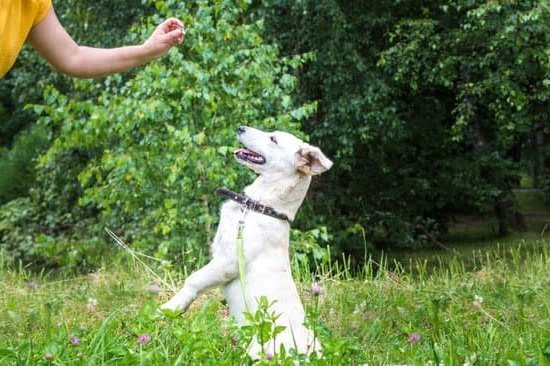Introducing the Crate Training Method
Crate training is an effective way to train and housebreak an adult or older dog. It creates a safe and comfortable space for your pet, while also providing boundaries and structure. This method of potty-training is based on creating positive associations with the crate in order to prevent anxiety and stress. The most important benefits of crate training an older dog are that it promotes familiarity and consistency, keeps them feeling secure, reduces barking, helps prevent destructive behavior, teaches them not to chew on things they shouldn’t, reduces separation anxiety, and increases their toiletry discipline.
When crate training an older dog it’s important to make sure they feel comfortable in the crate before placing them inside. Place soft pillows and a blanket inside the cage to create a cozy nest; this will give them a sense of security knowing they have their own special place. Dogs should be given time outside of the crate too and should never be left in the same location for extended periods of time as this may lead to boredom or cause behavioral problems like excessive barking or whimpering. It’s important to introduce your pet to traveling with you by introducing a car ride first, then move up slowly from there so your pup can get used to being in different environments. When training your pup to use their bathroom indoors always take them out often for potty breaks at consistent times – such as after meals – until they learn where it’s acceptable for them go do their business. Lastly, reinforce good behavior with treats so they know when they’re doing something right!
Preparing for Crate Training
Before beginning crate training, it is important to make sure you have the necessary supplies. You will need a desirable crate, either made of metal or plastic, that is large enough for your dog to stand up and turn around in. Make sure the crate itself also has a bed or blanket inside to provide your pet with a comfortable place to relax. Remember to include any toys or treats that may be comforting and help create a positive environment in their den. High-value treats should also be kept near the entrance of the crate—this will encourage them as they enter and exit.
In addition to assembling supplies, creating a stress-free environment should also be considered when beginning any kind of training with an older dog. Start off slowly and avoid overstimulation; loud noises and chaotic environments can cause an increase in anxiety levels, which can lead to more difficulty while training. Allowing your dog plenty of time and patience during breaks is also essential—if they’re feeling overwhelmed, they may need extra time away from the activity until they feel comfortable continuing. Keeping sessions short but consistent helps them acclimate quickly too, but above all else it’s important to remember that repetition breeds familiarity; never force them into a situation if they seem unhappy or resistant.
Establishing a Positive Crate Training Experience
When crate training an older dog, it is important to make the crate feel safe and comfortable. To do this, provide a bed or blanket for your dog to use as a soft surface in the crate. Making sure that the environment of the crate is welcoming can also be helpful; adding a few toys to the crate can help keep your dog entertained during their stay there. Additionally, it is crucial to create positive associations with the crate for your dog; rewarding them with treats when they enter can be a great motivator and will help them look forward to being in their “den” instead of associating the space with negative connotations. Also, try not to leave them in there too long; short lengths of time where they are rewarded and praised when they come out can be beneficial. With time and patience, your older dog can learn to view its new “living space” positively and enjoy spending time there.
Moving Forward
When training an older dog to use a crate, several common mistakes can occur. Owners tend to try to expedite the process and move their dog into their new living area too quickly, which can cause undue stress on the animal and make it difficult for them to learn the desired behaviors. It is important for owners to take it slow and give their pet time to adjust. Another issue that might arise is owners accidentally giving their dog mixed signals, either praising them for escaping the space or being too lenient with advancing at their own pace. It is best for owners to remain consistent in terms of corrections and expectations during the training period.
In order to minimize anxiety from an older dog during crate training, one should start out by keeping the room where its crate is located calm and quiet. This will help provide a familiar atmosphere and make them feel more comfortable. Secondly, do not force your pet into the crate but rather allow him/her some time to explore the space at his/her own pace; rewarding them with a treat upon successful entry may be helpful as well. Additionally, desensitizing your pets by slowly teaching them basic commands (like stay) in your living area can also help ease any fear they have of entering their new environment. Finally, ensuring that you have a consistent schedule when it comes to feeding times will provide both structure and security, further helping reduce anxiety throughout this process.
The Crate Training Takeaway
1. Get to the root of possible behavioral issues: Some older dogs may resist crate training due to underlying anxiety or fear issues. Consider consulting a professional to assess why your older dog is behaving a certain way.
2. Puppy-proof the crate: Make sure the crate is comfortable and, if necessary, has a soft bed or blanket for your pup to rest on. Our furry friends can be quite picky when it comes to their sleeping spots, so it’s important to get one that fits their needs specifically.
3. Start slowly and gradually increase time in the crate: When introducing an older dog to their new den, always introduce them on short sessions first and slowly work up from there. Have plenty of rewards on hand such as treats, toys, and positive words of encouragement while they adjust to its newfound presence in the house.
4. Create a positive environment: While training an older dog how to be comfortable in a crate, it’s not only important to being patient but also creating an overall welcoming atmosphere around the den itself – this could mean having some soft music playing occasionally or keeping puzzle toys in the cage just for them!
5. Reward your pup often & keep crate training fun: Anytime they step into their den reward them with something delicious! This should help make getting used to their new home even more enjoyable – remember no method works if there isn’t any temptation behind it!
6. Follow through with structure & routine: Establish regular times for walks or playtime outside after spending time in the den – have a consistent schedule that lets your dog know when it’s time for play versus when it’s rest time again will help reinforce good habits that both parties can stick too!

Welcome to the blog! I am a professional dog trainer and have been working with dogs for many years. In this blog, I will be discussing various topics related to dog training, including tips, tricks, and advice. I hope you find this information helpful and informative. Thanks for reading!





